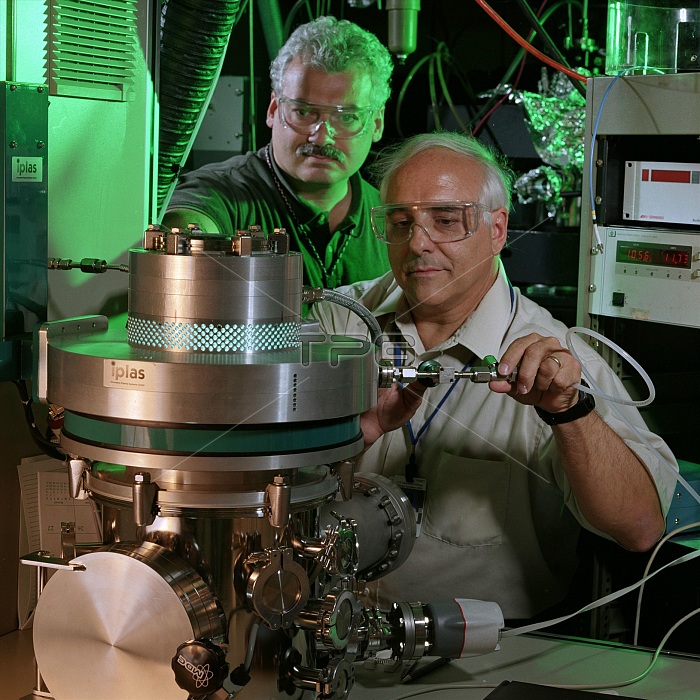
Scientists at Argonne National Laboratory are developing ultrananocrystalline diamond (UNCD) films used in a joint, multi-laboratory effort to develop artificial retinas for people suffering from degenerative retina diseases. This technology has enormous potential for applications ranging from biomedical implants, high-band width telecommunication systems, and micro/nano manufacturing. UNCD is a form of carbon that capture's many of the properties of a diamond in thin film form but can be deposited on a wide variety of surfaces in thin layers. UNCD consists of diamond grains only 5 nanometers in size. The average human hair could contain 40,000 UNCD grains across its diameter. UNCD coatings are as hard as single crystal diamond (the hardest known material on Earth), but, unlike natural diamond, its properties can be adjusted and optimized for a given application. The material is a superb electrical insulator, but can also be made to be highly conductive, and this conductivity can be tuned. This work has led to the use of UNCD for biosensors that use electrochemical reactions to detect biomolecules. It is also chemically inert and compatible with biological tissues, traits that have led to promising research into prosthetic implants for the eye as part of an artificial retina, as well as other bio-devices such as an artificial pancreas.
| px | px | dpi | = | cm | x | cm | = | MB |
Details
Creative#:
TOP22288210
Source:
達志影像
Authorization Type:
RM
Release Information:
須由TPG 完整授權
Model Release:
No
Property Release:
No
Right to Privacy:
No
Same folder images:

 Loading
Loading